March 11, 2016
What that story about menstrual leave teaches us about flexible working 0
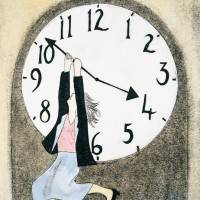 There’s nothing that makes you yearn more for the end of humanity quite like the comments section on a website. There is such a direct correlation between your zeal for the apocalypse and the amount you expose yourself to the fetid bullshit that seeps from some people’s heads on to the Internet that you could graph it pretty accurately, with an especially steep curve formed by the stuff that lie below the surface of YouTube videos and certain newspaper articles. It’s wise to limit your exposure to this stuff because whenever you gaze into the abyss, the abyss gazes back into you. Occasionally though, the eye may drift below the content and catch a glimpse of how a lot of people think. One example cropped up recently when it was announced that a Bristol based company called Coexist had decided to offer its women employees menstrual leave, meaning they could work from home or take time out if they felt they needed it.
There’s nothing that makes you yearn more for the end of humanity quite like the comments section on a website. There is such a direct correlation between your zeal for the apocalypse and the amount you expose yourself to the fetid bullshit that seeps from some people’s heads on to the Internet that you could graph it pretty accurately, with an especially steep curve formed by the stuff that lie below the surface of YouTube videos and certain newspaper articles. It’s wise to limit your exposure to this stuff because whenever you gaze into the abyss, the abyss gazes back into you. Occasionally though, the eye may drift below the content and catch a glimpse of how a lot of people think. One example cropped up recently when it was announced that a Bristol based company called Coexist had decided to offer its women employees menstrual leave, meaning they could work from home or take time out if they felt they needed it.





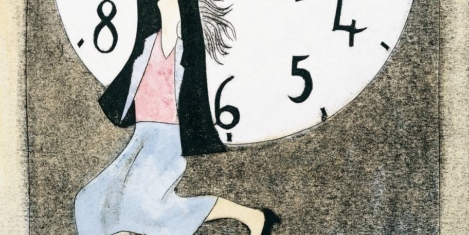


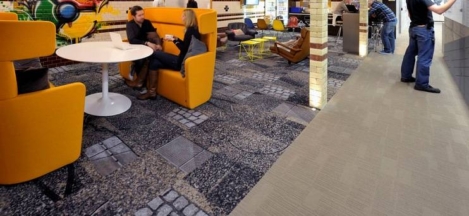
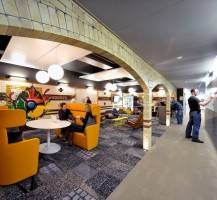

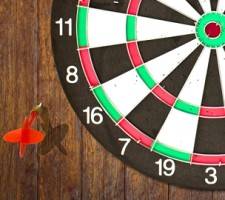



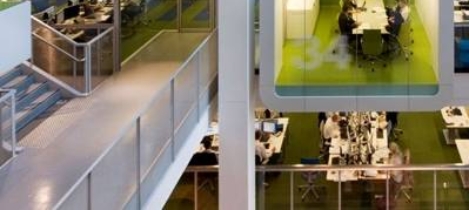
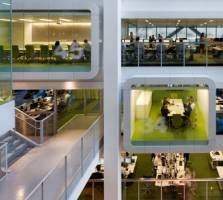
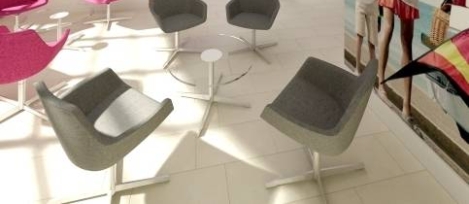
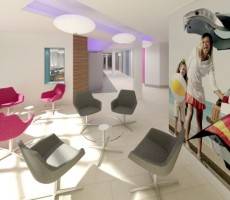
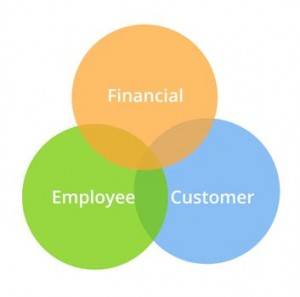

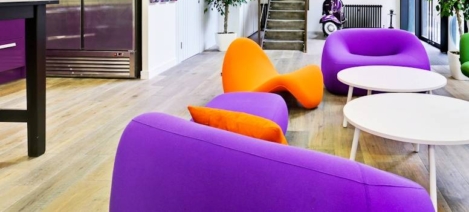
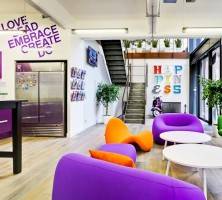
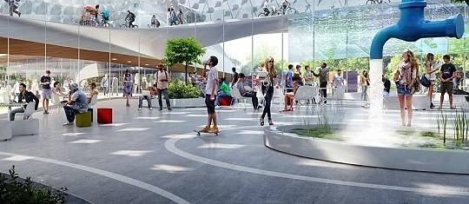










March 16, 2016
Over half of workers are not getting enough sleep to do their job effectively 0
by Sara Bean • Comment, Wellbeing, Workplace
(more…)